How to Become a Fashion Photographer (Step-by-Step Guide)
Last Updated on
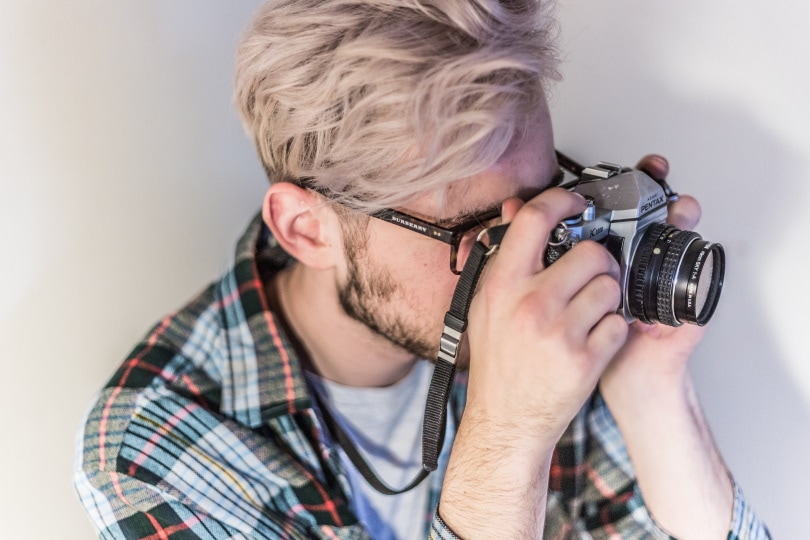
Fashion photographers work for magazines, catalogs, and fashion designers. To become a fashion photographer, you will need an eye for style and a creative mind.
You must also have a good understanding of the latest fashion trends. No formal qualifications are required to become a fashion photographer, but a degree in photography or art may be beneficial. Having a solid portfolio of work to showcase your skills and talent is also essential.
Here’s a step-by-step guide on how you can become a fashion photographer. It takes time, but the results are worth the effort.
Before You Start
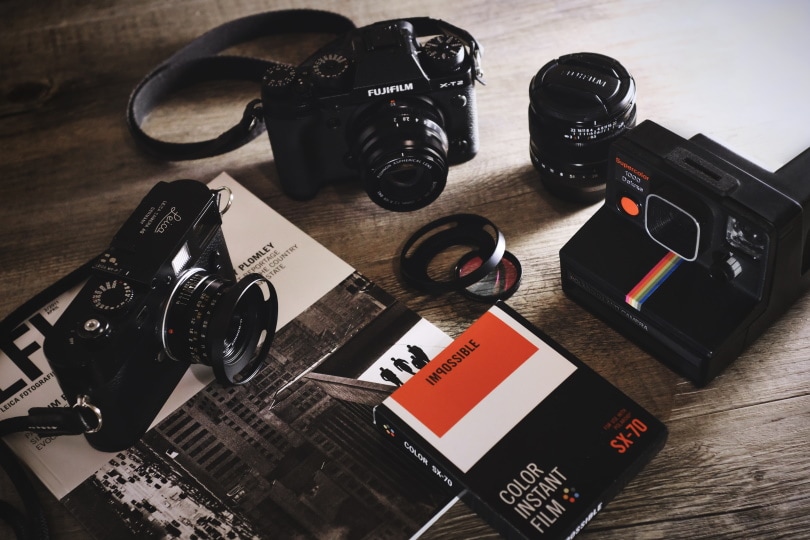
Your gear forms the foundation of your business as a fashion photographer. So if you’re serious about becoming a professional fashion photographer, you need high-quality equipment.
It doesn’t necessarily have to be the most expensive camera out there, but it should be good enough to produce high-resolution images. So, here’s some gear for beginner fashion photographers:
- Camera: It shouldn’t be a surprise that you need a high-end camera to become a fashion photographer. Look for a camera with a full-frame sensor, as they produce the best image quality. You should also get an appropriate lens. A 70mm is always a good option.
- Flash: Flash is essential for shooting in dark venues or outdoors. Since fashion photographers often work in different settings, your camera bag should have everything you need to make the location perfect for some magazine-worthy photography.
- Reflector: A reflector is your best friend when it comes to getting the perfect shot. It helps bounce light back onto your subject, giving them a natural glow.
- Flash Gun: You should also invest in a flash gun like the Nikon SB-700.
- Software: A lot of editing goes into creating the image people see in magazines or fashion catalogs. Fashion photographers need editing software, such as Adobe Photoshop and Lightroom.
- SD Cards: You’ll be dealing with a lot of data when taking pictures at a fashion show or for a brand’s newest collection. So, you’ll need some reliable and high-speed SD cards.
Apart from these necessities, you can also buy a studio flash kit, a backdrop stand, and backdrop paper. But you don’t have to break the bank all at once. Start with the necessities. Once you begin to get work, use your income to invest in better gear.
How to Become a Fashion Photographer: Step-by-Step Guide
Once you’ve got your gear, you’re all set to take the first step. However, remember there’s no universal one-fits-all approach to starting any business. The same applies to fashion photography too.
While your trajectory may differ, it will likely have the following steps.
1. Hone Your Fashion Photography Skills
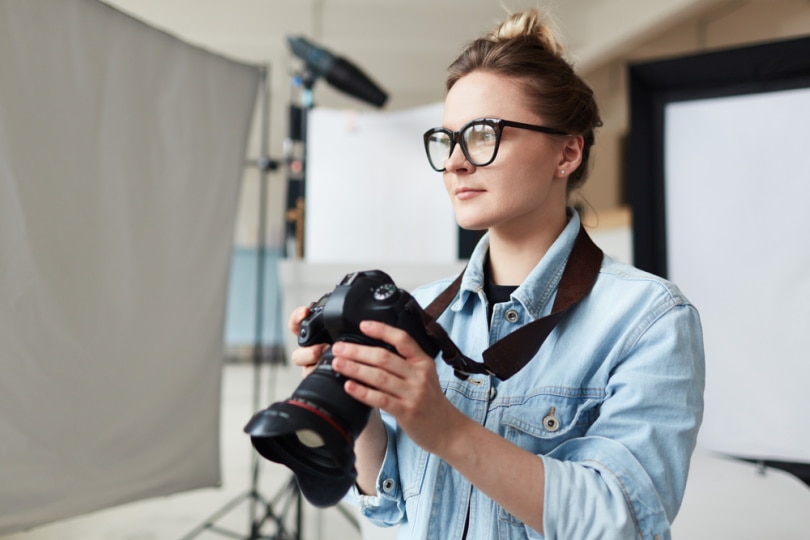
It takes more than just a great camera to produce stunning fashion photography. You need to have an eye for detail and composition.
You can take inspiration from other fashion photographers but make sure to put your spin on it. Attend workshops and seminars. There are also many resources online, such as tutorials, blog posts, and YouTube videos.
Skillshare is an excellent resource if you want to learn from the comfort of your home. The platform has hundreds of free courses from industry experts and professional fashion photographers. You can take any of Skillshare’s fashion photography courses to learn from people who’re already working in the fashion world and know it inside out.
2. Practice
Before you start taking pictures of actual models, practice your skills with family and friends. It will give you a chance to work on your lighting and settings without the pressure of having to perform in front of an audience.
You can also reach out to influencers or part-time models on Instagram and ask them for collaboration. Many people are happy to get their portraits taken.
3. Create a Fashion Photography Portfolio
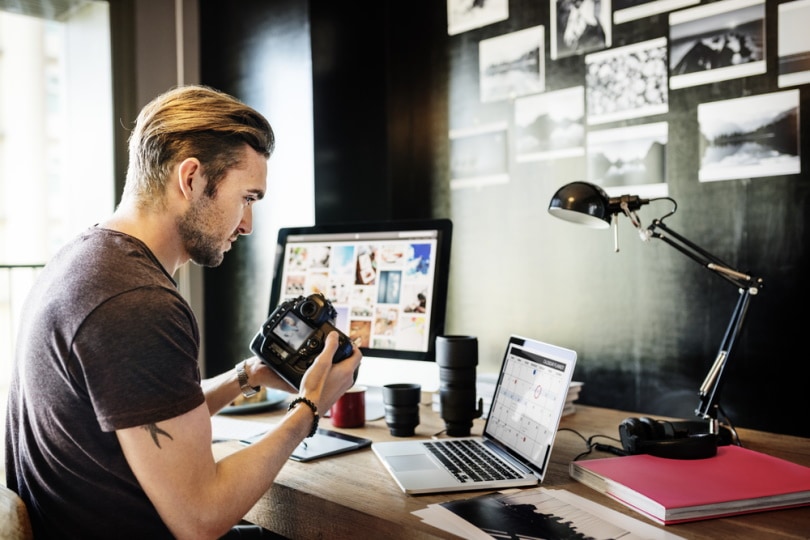
When you reach out to a modeling agency or a brand, they’d want to see your portfolio. The steps mentioned above will help you get the shots to put in your portfolio.
A portfolio is essentially your resume. It’s a great way to showcase your skills and get noticed by clients. When creating your portfolio, only include your best work. If you’re having a hard time choosing, get an outsider’s opinion.
Most fashion photographers put their portfolios online, but you can create a physical portfolio if you want. Alternatively, you can post your work on Instagram or Behance and use your social profiles as a portfolio.
4. Start Pitching Your Services
Once your portfolio is ready, it’s time to start looking for clients. Of course, the best way to do that is by pitching your services to potential customers.
The first step is to identify your target market. For example, do you want to take pictures of models for a modeling agency or work with a clothing brand? What kind of fashion photography do you want to do? Some examples include catalog photography, street fashion, editorial, and high-fashion photography.
You can look up the contact information of brands and agencies online or attend industry events to network with people working in fashion. Then, when pitching your services, send a well-crafted pitch.
For example, you might create a mood board with some of your best work to give them an idea of your style. Alternatively, you can put together a package with different pricing options.
5. Develop a Unique Style
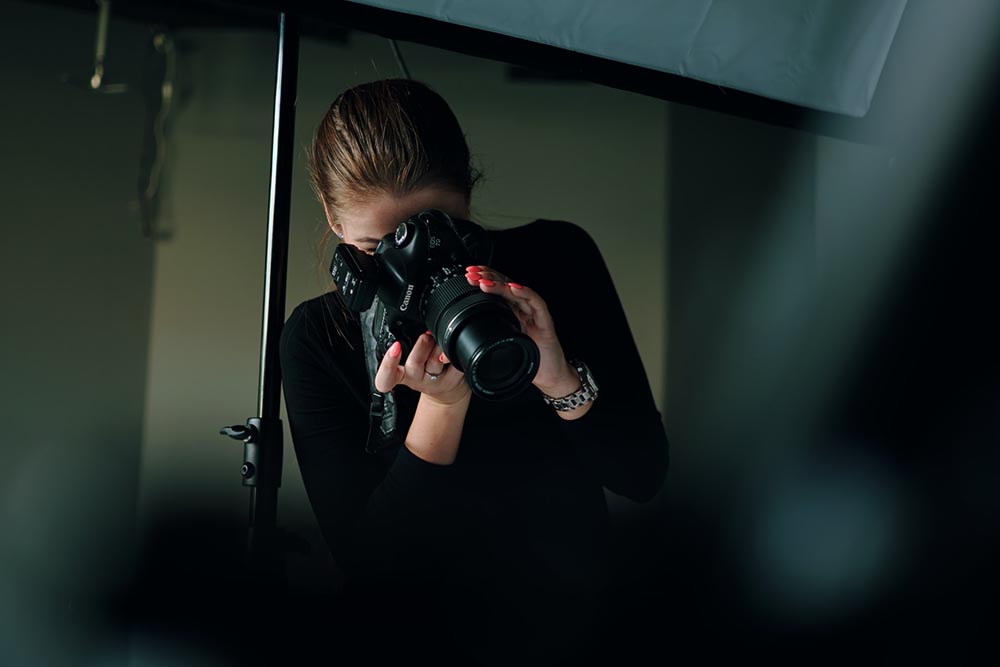
Most of your work will be inspired by other fashion photographers when you’re a beginner. However, it’s important to develop your own style.
Your unique style is what will set you apart from the competition and help you attract clients. First, look at how top-notch fashion photographers in the industry use lighting, composition, and post-processing techniques. Then, experiment with different looks and see what works best for you.
The more you experiment, the closer you’ll get to finding your voice as a fashion photographer. But let us tell you that it won’t happen overnight. So, don’t be discouraged if finding your style takes some time.
6. Hire an Agent and Editor
If you cannot bag clients on your own, you can always hire an agent. They’ll help you find work and negotiate pay rates on your behalf.
Gloria Cappelletti, an agent representing Stefan Sedanoui, Alexei Hay, and Steven Klein, says that it can be challenging for a photographer to take care of everything since they’re busy taking pictures at a shoot.
The best resource for a young and budding fashion photographer is an agent. While the photographer works their charm behind the camera, the agent can talk to publications and clients to get more work and establish connections.
You can also look for an editor who can help you with the post-processing of your images. Many fashion photographers outsource this task to save time.
Alternatively, you can learn different editing techniques and master software like Lightroom and Photoshop. Then, once you’ve curated a personal style, you can create presets to save time during editing.
Presets are filters that you can apply to your images with a click. They help you achieve a consistent look for all your pictures.
7. Market Yourself Online and Offline

Last but not least, keep marketing yourself online and offline. Use social media platforms like Instagram and Facebook to showcase your work.
You can also create a website to attract clients and showcase your work. Consider exhibiting your work at a local gallery or photography fair if you want to take things offline.
You can also hand out business cards at industry events. Networking plays a huge role in determining how much and what kind of work you’ll get.
If you meet a lot and know a lot of people in the fashion industry, you’re likely to get hired for photoshoots and events. It’s imperative to be nice to everyone and create a good impression. If people see you as a credible, reliable, and pleasant person, you can expect consistent work.

Final Words
Fashion photography is a highly competitive field, making it understandably difficult for new talent to shine through.
However, if you have an eye for style and a knack for creativity, you can make a place in the industry by having the right gear, networking adequately, developing a unique style, and marketing yourself right.
The key is choosing a niche for yourself and introducing something new that forces clients to sit up and notice. If you can do that, you’ll soon find yourself at the top of your game.
Featured Image Credit: Piqsels
Table of Contents
About the Author Jeff Weishaupt
Jeff is a tech professional by day, writer, and amateur photographer by night. He's had the privilege of leading software teams for startups to the Fortune 100 over the past two decades. He currently works in the data privacy space. Jeff's amateur photography interests started in 2008 when he got his first DSLR camera, the Canon Rebel. Since then, he's taken tens of thousands of photos. His favorite handheld camera these days is his Google Pixel 6 XL. He loves taking photos of nature and his kids. In 2016, he bought his first drone, the Mavic Pro. Taking photos from the air is an amazing perspective, and he loves to take his drone while traveling.
Related Articles:
How to Clean a Refractor Telescope: Step-by-Step Guide
How to Clean a Telescope Eyepiece: Step-by-Step Guide
How to Clean a Rifle Scope: 8 Expert Tips
Monocular vs Telescope: Differences Explained (With Pictures)
What Is a Monocular Used For? 8 Common Functions
How to Clean a Telescope Mirror: 8 Expert Tips
Brightfield vs Phase Contrast Microscopy: The Differences Explained
SkyCamHD Drone Review: Pros, Cons, FAQ, & Verdict
